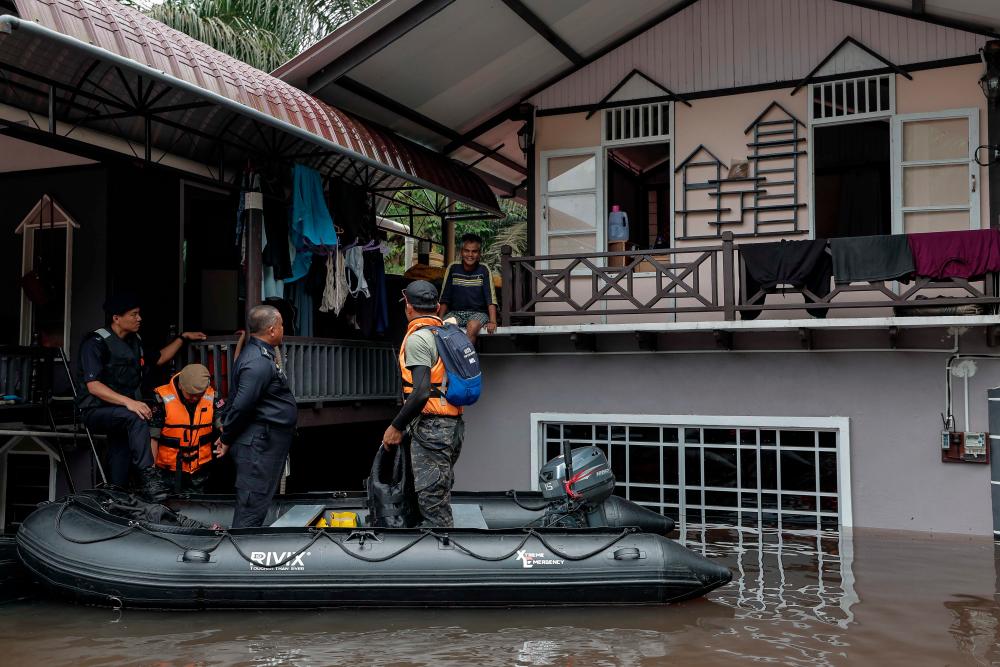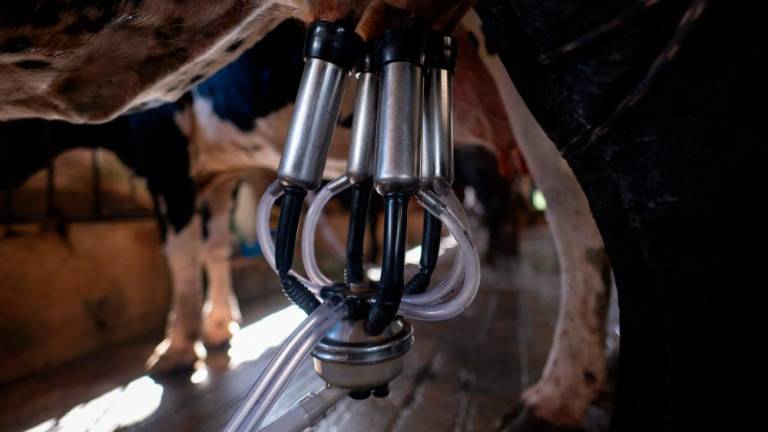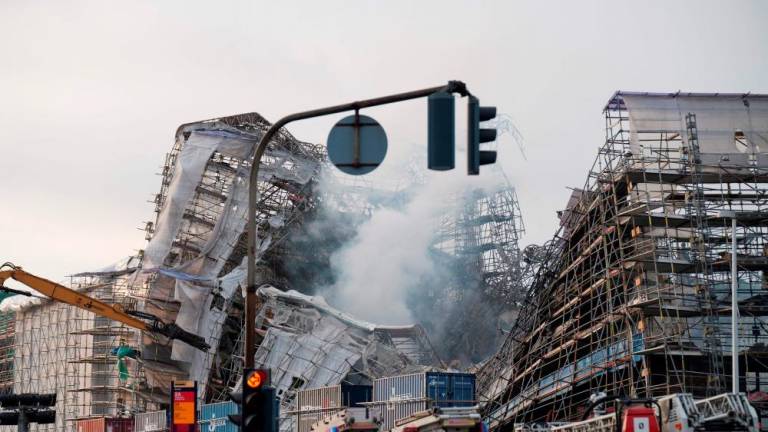PETALING JAYA: Malaysia must be prepared and adapt to living with climate change through holistic and sustainable town planning, experts say.
In a parliamentary session on March 7, Natural Resources, Environment and Climate Change Minister Nik Nazmi Nik Ahmad said Johor recorded 548 millimetres (mm) of rainfall in just four days between Feb 28 and March 3, far exceeding the average monthly rainfall of 195mm for the state.
Commenting on the extraordinary rainfall, which caused a sudden rise in water levels, All-Party Parliamentary Group Malaysia for Sustainable Development Goals and Petaling Jaya Green City Task Force member Anthony Tan Kee Huat said: “This is the reality, that climate change is here and is taking hold of our daily activities.
“In a recent research visit to Masjid Tanah in Malacca, Sungai Siput in Perak and Sungai Petani in Kedah, my team and I observed that fishermen and farmers were directly experiencing hardships due to erratic weather conditions, which will influence our food supply and security,” he told theSun.
Tan said to solve the issue in the long run, local councils need to ensure that the drainage system in their cities could accommodate the size of the population.
“Sungai Petani’s drainage system was designed to cater to a small population. As the city’s population increased due to the rapid growth of its manufacturing industry in the 1990s, it now experiences frequent flash floods because its drainage system has not been upgraded in tandem with population growth.
“When the system could not drain floodwater swiftly enough (to the waterways), the water would overflow. As a manufacturing hub in Kedah, a significant part of Sungai Petani’s ground is paved, adding to stagnation of the overflowed water.
“With a scarcity of trees and undergrowth in Sungai Petani, the stagnated water could not be absorbed and retained within the greenery.”
Tan said floods in coastal areas are caused by erosion due to natural causes or human activity.
“When there are signs of high coastal erosion, the authorities must evacuate the area’s residents, as their safety is at risk. This is because seawater can corrode steel pilings and the steel reinforcement bar in the concrete foundation of structures built along coastlines.
“Mitigation methods may include installing wavebreakers along the eroded coastline. However, a more cost-effective and sustainable method is by going back to our roots of building houses on stilts.”
Echoing Tan’s suggestion of building houses on stilts, UCSI University School of Architecture and Built Environment lecturer Prof Dr Mohd Tajuddin Mohd Rasdi said Malaysia must learn to live with the environment by relearning knowledge that was passed down by our ancestors.
“In traditional Malay houses, floors are built on stilts, two metres above the ground. We could adopt this idea of designing shops and other commercial buildings a metre higher from the streets to reduce damage by floods.
“Malaysia must observe the way Japan rebuilt itself after numerous devastating tsunamis, and that is the only way for us to deal with future flooding. Theoretically, floods should occur only during monsoon seasons. However, now floods haunt us whenever it rains.”
Mohd Tajuddin said the authorities must initiate a clear study on the impact of climate change and the current built environment in the country to find a foolproof and sustainable solution.
“Safety features must be enforced for all buildings and construction. When builders construct infrastructure, it is best that they consider exceeding 150% to 200% of the minimum requirements in the Uniform Building By-Law 1984, so that the structures can withstand sudden load or, in this case, water.
“The way developers fabricate buildings or infrastructure has not changed since the 1990s. Amendments to laws regarding the built environment have not been revised due (in part) to a lack of political will.
“This has to change or more lives will be severely impacted.”
An extraordinary rainfall of 549mm between Feb 28 and March 3 in Johor resulted in floods in many part of the state. – Bernamapic














